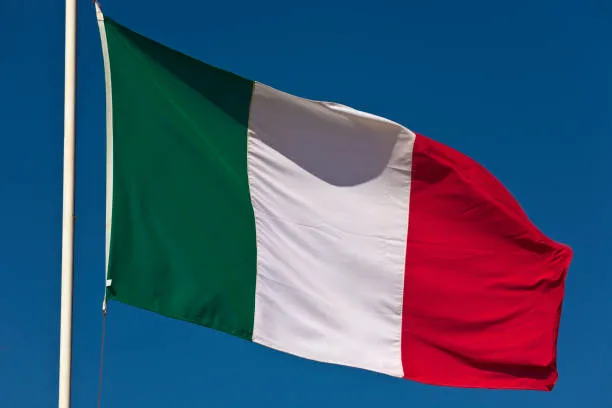I, Kusonoki
14: August, 2020
It’s quite some time before I hear from Miss Okano again. I am naturally reluctant to mention the visit from Mr. Takagi, which on the one hand may validate my actions leaving the beach, or at least make me look a bit less paranoid, but on the other hand makes me look utterly foolish for leaving something that could identify me behind. She calls, and we speak briefly on the phone about mundane matters and arrange to meet at the art museum.
It’s a strange time at work as well. The Shisa are again headed for the post season, but the chances are good they won’t even have a winning record when they get there. While the offense looks just fine, the pitching is unacceptable. Tsuginori Honma, in particular, has completely lost his way. While he was good last year with a 3.21 ERA, he unraveled this season, with a 9.23 ERA over roughly 50 innings pitched. He now pitches in AAA and is hopefully sorting out whatever troubles he faces earlier this year. The winter’s contraction draft has altered the landscape in the league in this bridge season between the old LRS and the new expanded PEBA, and several players appear to have been left behind. Not just Honma. Takahiro Ito is another. He’s just been hopeless at the plate, hitting below .200, and shows no sign of improvement.
Apprehension about joining the PEBA, and the club’s fate when it gets there, is palpable around the office. Talent evaluation for these changing conditions has been quite a challenge. In the past, we would look at fringe PEBA players and try to project how much their production would improve in the LRS. Looking for potential bargain free agents can be an exciting exercise. Now we’ve undertaken the more sobering task of evaluating our own players, and trying to determine which ones simply won’t make it in 2021, and what our positions of need are (nearly all of them, it turns out). Not enjoyable at all.
How many players from the Naha roster will survive from this season to the next, and beyond? Honestly, I would say no more than a handful.
Like many people, I suspect, I am often baffled by contemporary art. I regard a visit to the art museum, therefore, with some trepidation. Nevertheless, I haven’t been inside yet and it seems like the sort of thing one ought to do after moving to a new city. I find in front of the large, white, and austere building a replica of a traditional Okinawan home, complete with a guardian shisa on the roof. I linger here. The home is fairly easy to process and understand, and certainly looks more inviting than the museum itself. I hear the crunch of gravel behind me, turn my head, and see Miss Okano approaching me. She’s wearing shorts, sandals, and a dark blue t-shirt with a foreign phrase (it’s French, I think) printed on the front. She carries an umbrella, but no purse. Come to think of it, I don’t recall ever seeing her carrying a purse around.
“Let’s go,” she says, moving past me and on towards the entrance.
“So, your company’s goons are on to you, then?” she asks some time later, after I tell her about Mr. Takagi.
We are looking at a large, white canvas, on which someone painted various faces, animals, and wavy lines meant to represent water, I believe, all done in just three colors: red, green, and blue. It looks like something an industrious child might produce in an afternoon.
“Corporate security,” I say. “He doesn’t seem like the leg-breaking type. He does seem oddly image-conscious, so probably would object to the word ‘goon’.” I point at the painting before me. “Really, a kid could have done this.”
“A kid did do this,” she replies. “Did you miss the sign that said ‘Child Art Exhibition’?”
I look around the room, oddly relieved and embarrassed at the same time. “Oh. I suppose I can forget about a fall-back career in art criticism if this whole baseball thing doesn’t work out.”
“I’d say that’s out,” she says, nodding. “But you’ve not heard from Takagi since that day he returned your magazine?”
“Nothing from him or anyone else in corporate security, at least that I know of. I suppose the secrets of the fishing fleet aren’t that big of a concern, perhaps.”
“Maybe. The only way to probe deeper into that matter is to actually follow one of those ships, but I frankly don’t have the resources for that, and it isn’t something one can do in a way that isn’t obvious. I’ve moved on from this, for now.”
“Is that so?” I say. “And what have you moved on to, if I may ask?”
“The fire at your warehouse and records storage building.”
“Back to that,” I say. I must have accidentally used a tone of mild exasperation, which earned me a sharp glance from Miss Okano.
“Yes, back to that. Let me summarize my findings for you. One. At the time of the fire, last November, the city of Naha was doing maintenance on the water main nearby, which had cut off pressure to the sprinklers in the warehouse, allowing the fire to get out of control very quickly. Two. The water department claims that they were responding to several calls from ‘around the neighborhood’ complaining that the tap water smelled of rotten eggs. No callers left their names, however, and none of these complaints can be verified. Three. While Seigyoki Kabushiki Gaisha merely leased the warehouse from a third party, the facility was insured by a company called LBIG.”
“A wholly owned subsidiary of Seigyoki Corp,” I say.
“How did you know?” she asks.
“Lucky guess,” I reply, “go on.”
“Four. LBIG sends its own investigators to the scene, as is standard practice. They and the city’s fire marshal both conclude that the cause of the fire was an electrical short, most likely the result of rodents gnawing on wires inside the walls. LBIG pays out for the owner’s losses and the matter is officially closed.”
“But you’re not satisfied?”
“It’s not exactly what I’d call watertight, Kusonoki-san, but I’ve exhausted all my usual avenues of inquiry.”
“I fear this is where I come in.”
Miss Okano turns to me, smiling now. “It is,” she replies. “I want to know what exactly was in that warehouse.”


